A breakthrough study by Diabetes UK, called the Diabetes Remission Clinical Trial (DiRECT), has found that going on an 800-calorie-a-day “soup and shake” diet for three months can permanently reverse type 2 diabetes.
After adhering to the daily diet for three months and successfully maintaining their weight loss, patients were found to be free from symptoms and medication-free five years later.
This offers hope to over four million Britons who have the condition, that they can improve their life expectancy, put the condition into remission, and avoid potentially fatal complications.
The study also offers NHS staff a cheaper, drug-free method of treating type 2 diabetes. Patients will be prescribed the “soup and shake” diet which costs £1,100 per patient, The Sunday Times reported.
This revolutionary method of treatment is ground-breaking because it offers a possible cure and is available to patients through their GP.
Professor Roy Taylor, of Newcastle University, who led the study has stated that “the benefits of weight loss could be permanent and lifelong.”
The study confirms that the benefits of weight loss continue for the long term, proving for the first time that type 2 diabetes is reversible.
This finding gives patients hope that they can escape from their diabetes and, if they keep the weight off, they will remain healthy.
Professor Mike Lean of the University of Glasgow, who co-led the study, said, “This study has shown us that a substantial proportion of people can maintain sufficient weight loss to be free from the condition for up to five years.”
The study recruited 298 patients with type 2 diabetes through GP surgeries. In the initial study, 46% of those on the diet for three to five months were in remission one year later, with 36% in remission after two years.
The updated results show that 23% of those in remission after two years were still free of symptoms five years later.
This group, who were in remission, had an average weight loss of about 9kg (1st 6lb) at the five-year point.
If people put a significant amount of weight back on over the five-year period, the diabetes symptoms returned. However, they were still less likely to develop complications requiring hospital admission than a control group who did not follow the three-month “soup and shakes” diet.
The meal plan consists of two shakes and one soup a day, containing all necessary nutrients.
The NHS said the trial’s “fantastic” results meant that it would expand the scheme across England in the next 12 months, after a test run showed that patients lost 12kg in three months, on average.
Ten per cent of the NHS budget, about £10 billion a year, is spent on diabetes, which can cause heart disease, stroke, nerve damage, blindness, and kidney failure.
The director of research at Diabetes UK, Dr Elizabeth Robertson, said, “For those that aren’t able to go into remission, losing weight can still lead to major health benefits, including improved blood-sugar levels and reduced risk of serious diabetes complications.”






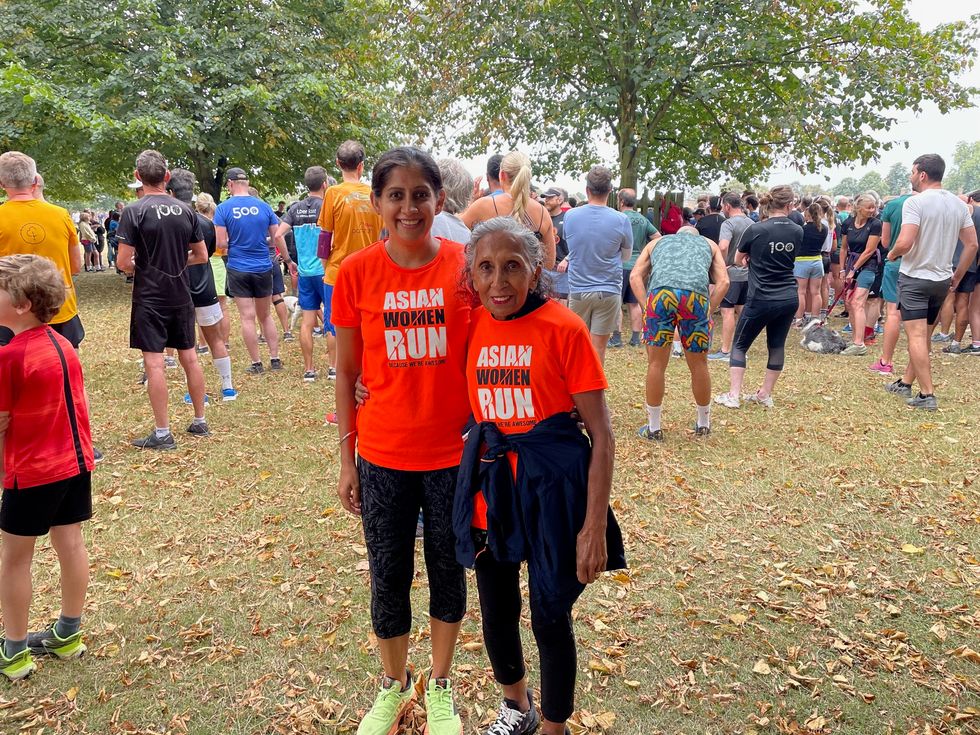










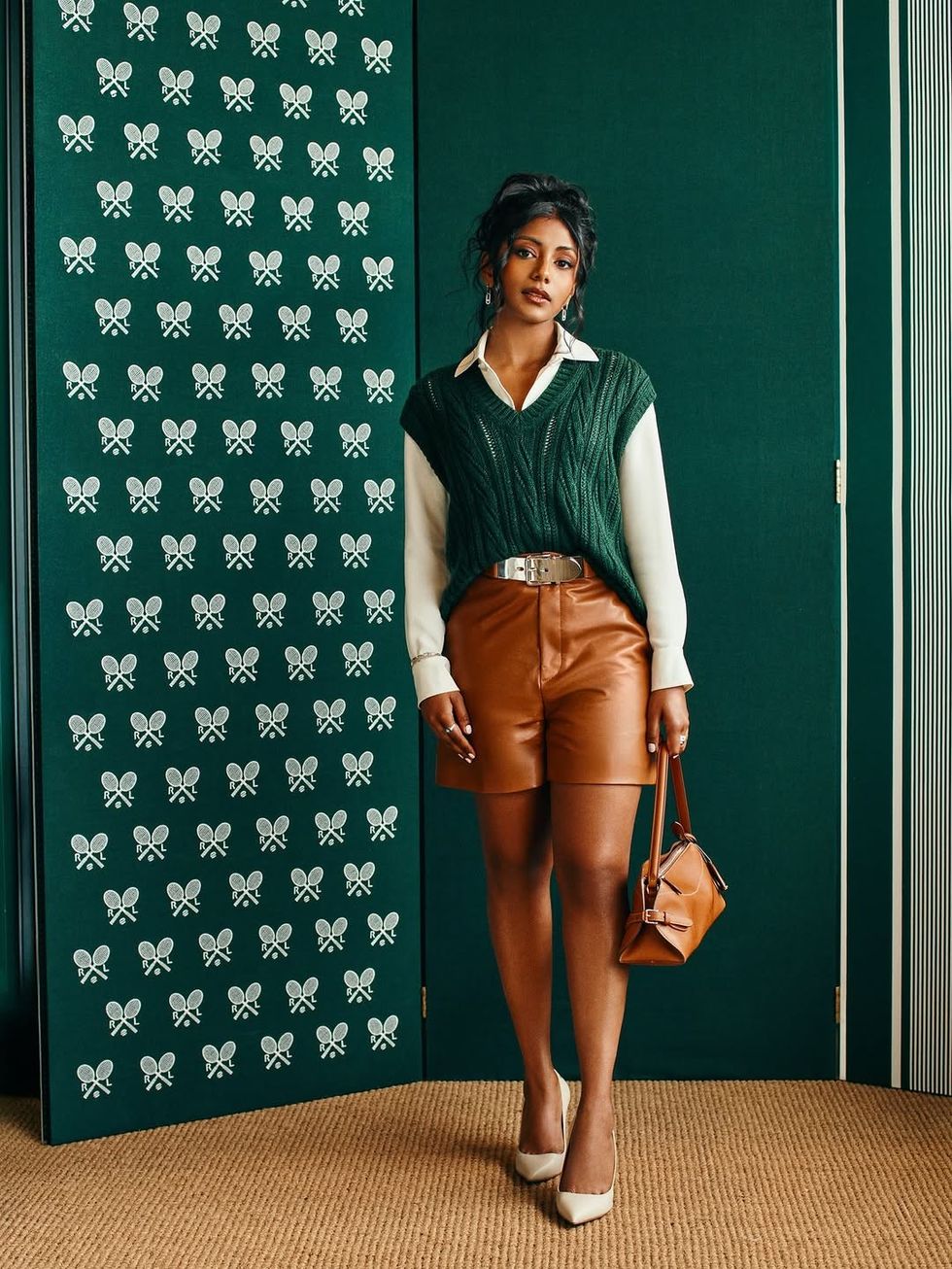 Charithra Chandran styled her hair in soft curls for the Ralph Lauren outfitInstagram/
Charithra Chandran styled her hair in soft curls for the Ralph Lauren outfitInstagram/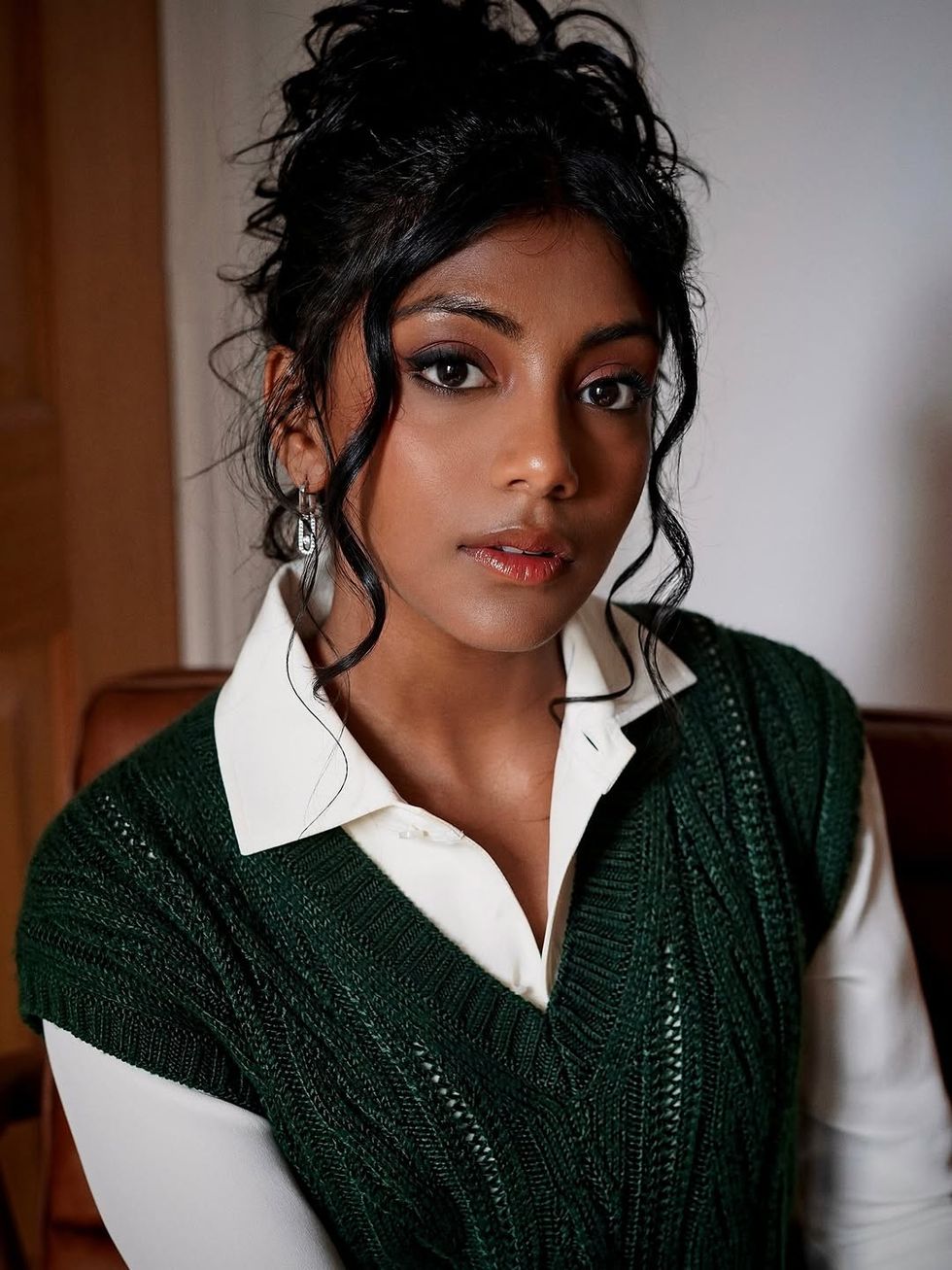 Charithra’s look was inspired by her character Edwina Sharma from BridgertonInstagram/
Charithra’s look was inspired by her character Edwina Sharma from BridgertonInstagram/


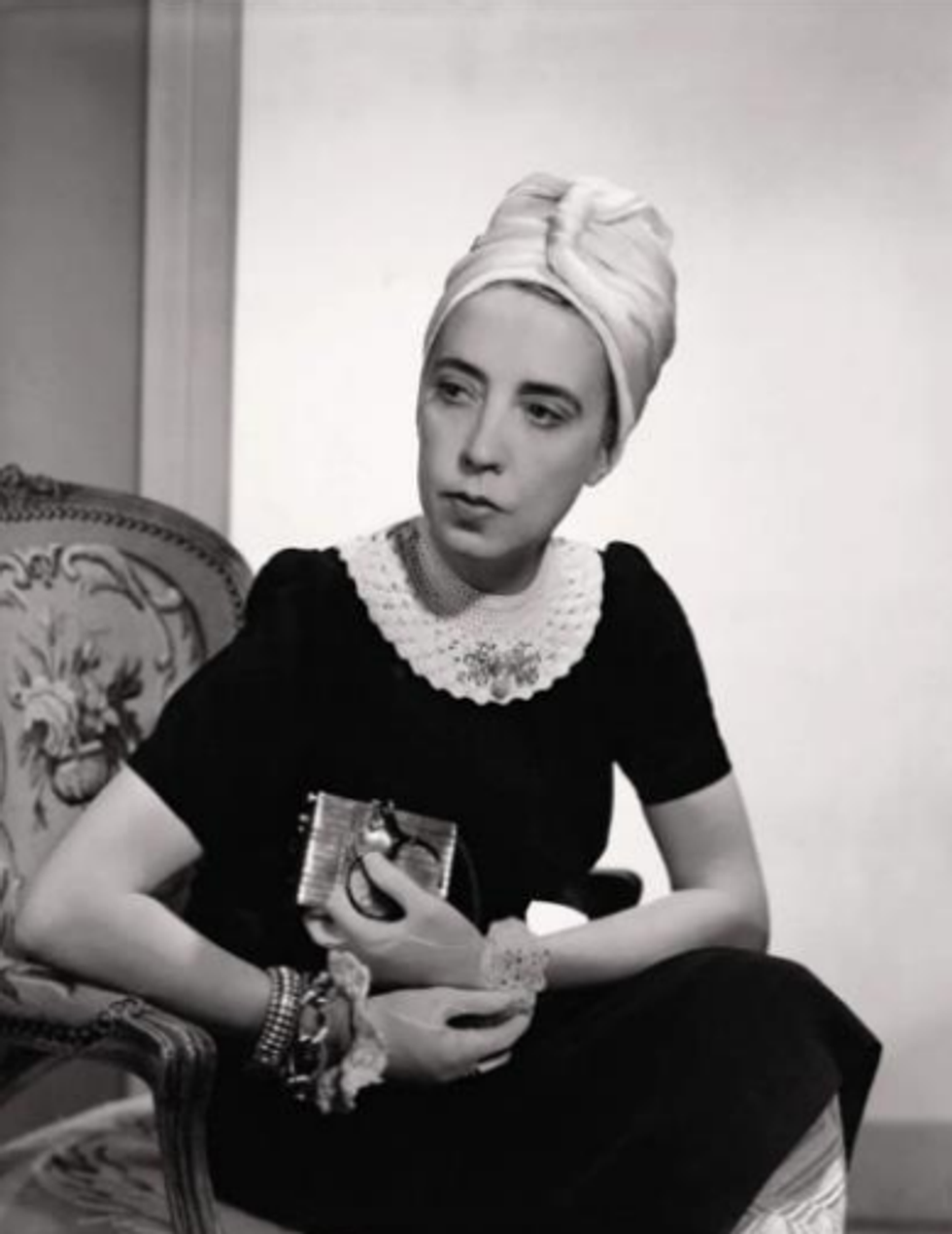 Vogue 1940; Designer Elsa Schiaparelli wearing black silk dress with crocheted collar of her own design and a turbanFredrich Baker/Condé Nast via Getty Images
Vogue 1940; Designer Elsa Schiaparelli wearing black silk dress with crocheted collar of her own design and a turbanFredrich Baker/Condé Nast via Getty Images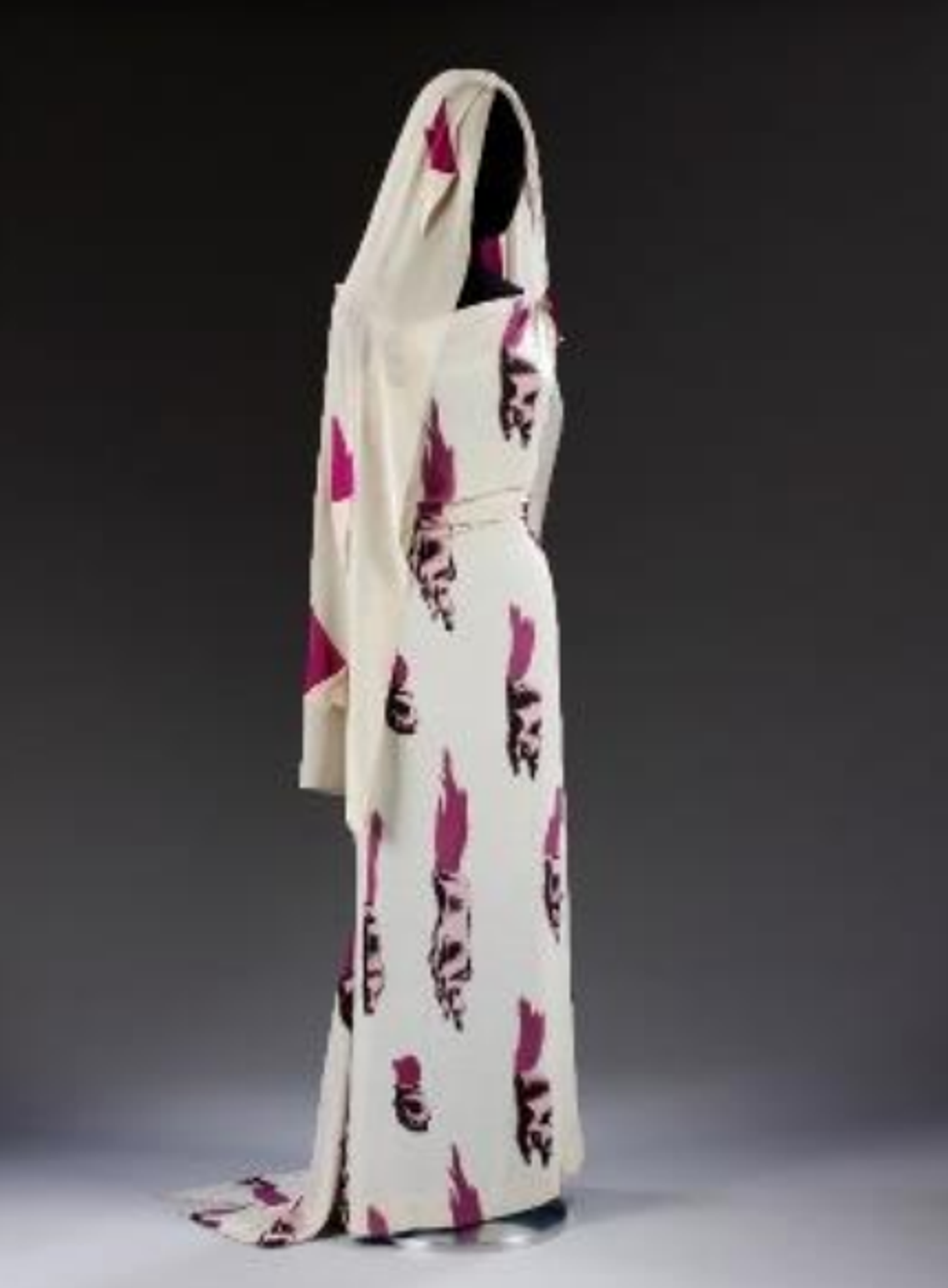 'Tears' Evening dress and head veil, designed by Elsa Schiaparelli, February 1938 for Circus Collection, summer 1938. Fabric designed by Salvador Dali Victoria and Albert Museum, London
'Tears' Evening dress and head veil, designed by Elsa Schiaparelli, February 1938 for Circus Collection, summer 1938. Fabric designed by Salvador Dali Victoria and Albert Museum, London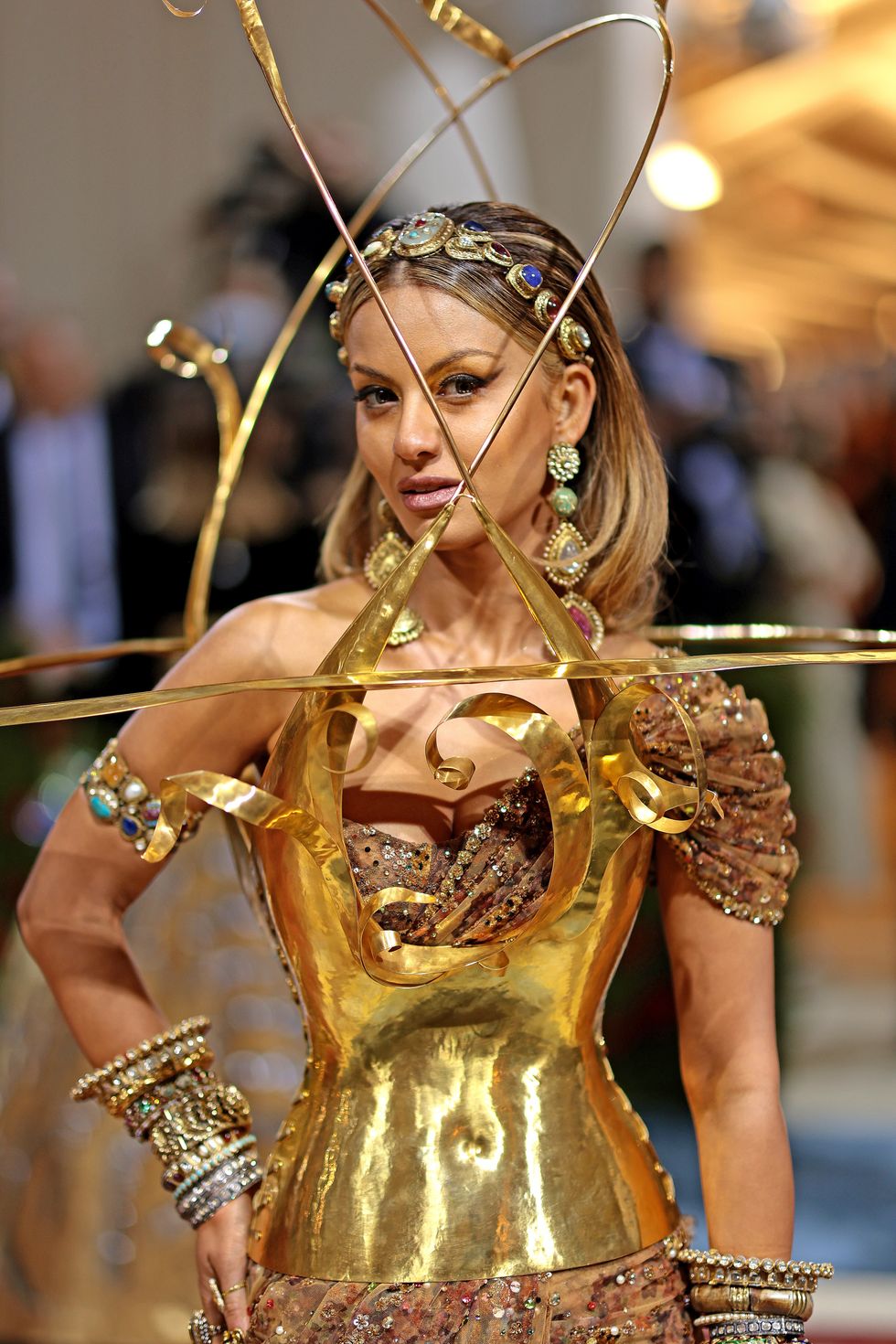 Natasha Poonawalla attends The 2022 Met GalaGetty Images
Natasha Poonawalla attends The 2022 Met GalaGetty Images 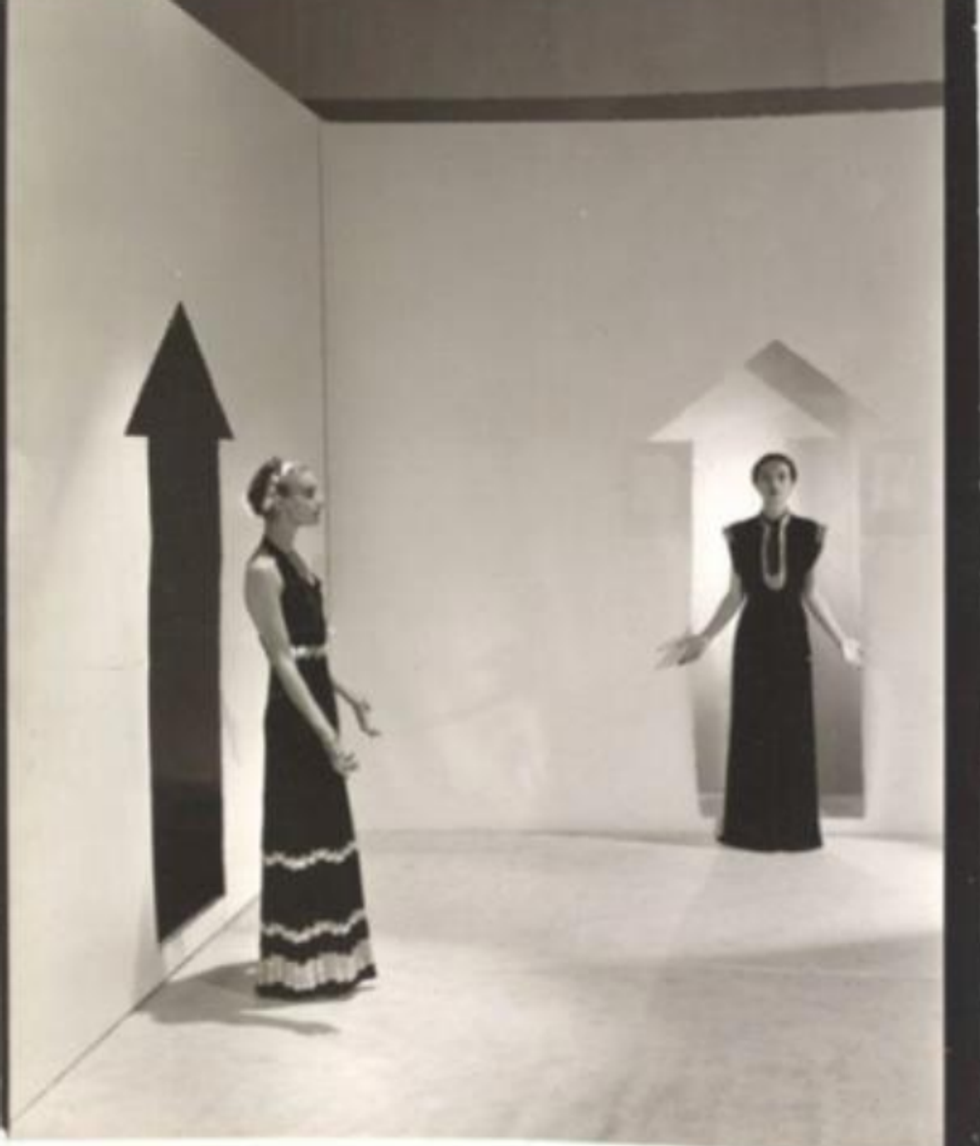 Vogue 1936; Two models, standing in a white room with arrows painted on walls and wearing dresses by Schiaparelli;Cecil Beaton/Condé Nast via Getty Images
Vogue 1936; Two models, standing in a white room with arrows painted on walls and wearing dresses by Schiaparelli;Cecil Beaton/Condé Nast via Getty Images